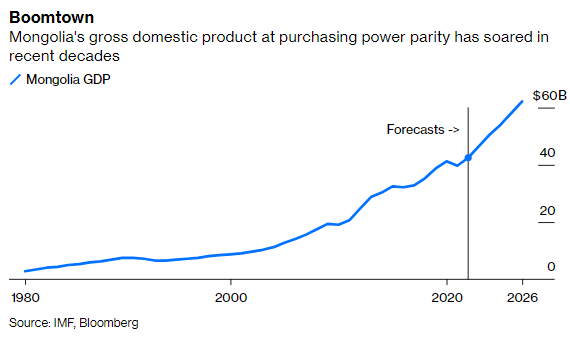
Is a nuclear power plant on the edge of China’s 60 million-strong Pearl River Delta megalopolis on the verge of an emergency? It doesn’t look like it — but that doesn’t mean there’s no cause for concern:
bloomberg.com/opinion/articl… via @bopinion
bloomberg.com/opinion/articl… via @bopinion
@bopinion The worrying thing in this incident isn't the leak of nuclear fission products, but the leak of information.
It shouldn't require CNN, the U.S. Department of Energy, and a French utility to tell the world what's going on at a Chinese power station.
It shouldn't require CNN, the U.S. Department of Energy, and a French utility to tell the world what's going on at a Chinese power station.
@bopinion The most important part of the CNN report, IMO, isn't the raw information about a nuclear fuel leak (which seems pretty routine) but the insight we get about how nuclear regulation appears to be conducted in China:
amp.cnn.com/cnn/2021/06/14…
https://t.co/S5QVtEoykH
amp.cnn.com/cnn/2021/06/14…
https://t.co/S5QVtEoykH
@bopinion If confirmed, this seems to me to look like clear evidence of regulatory capture -- the nuclear regulator relaxing safety standards because the imperative of keeping up supply to the grid. 

@bopinion The leak itself doesn't seem that worrying on the evidence we have so far. Nuclear power plants have multiple redundant safety systems to ensure that this sort of low-level problem doesn't develop into a Chernobyl or Fukushima.
@bopinion The insight into the regulatory and safety culture in China, on the other hand, is more of a concern. Lax cultures captured by the industry were a characteristic of the failures that led to Chernobyl and Fukushima.
@bopinion China isn't known for the sort of fearless, independent, transparent regulation free of political interference that you really need to operate a huge nuclear power fleet without incident. Fixing that is as important as fixing the damaged fuel rods at the Taishan reactor. (ends)
• • •
Missing some Tweet in this thread? You can try to
force a refresh










